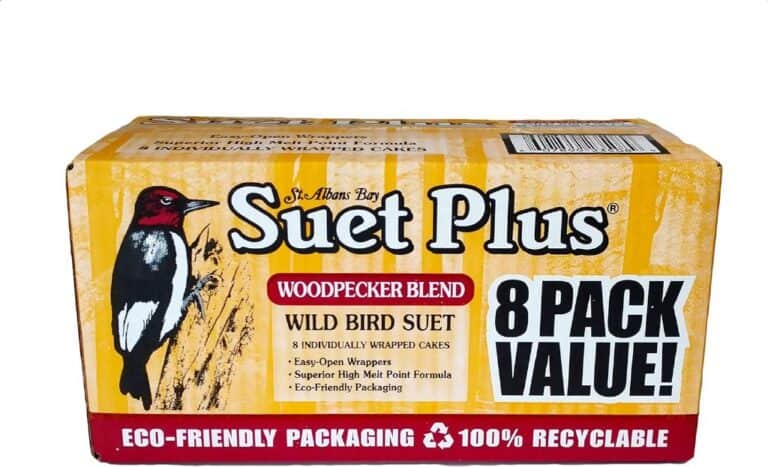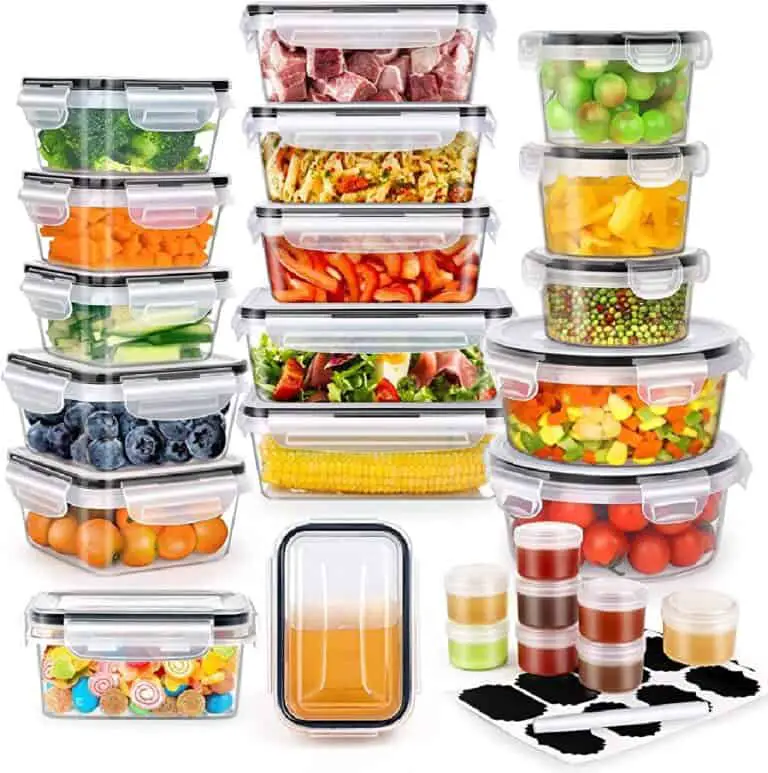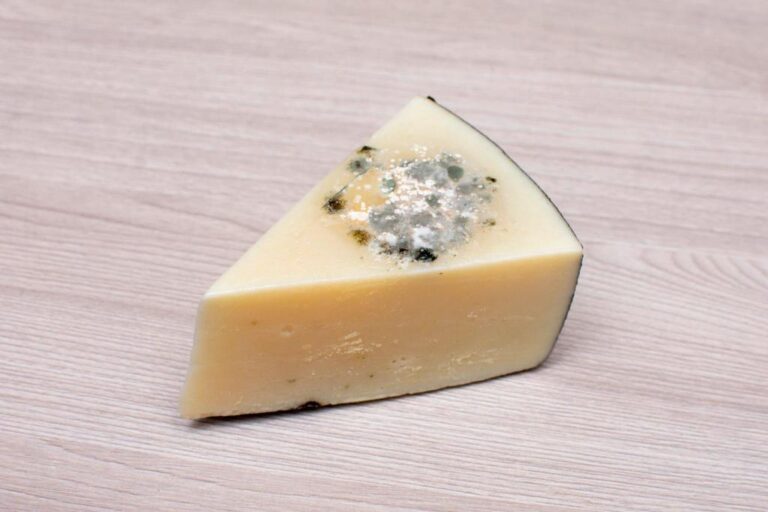Can You Eat Shredded Cheese with Mold? To Eat or Not to Eat
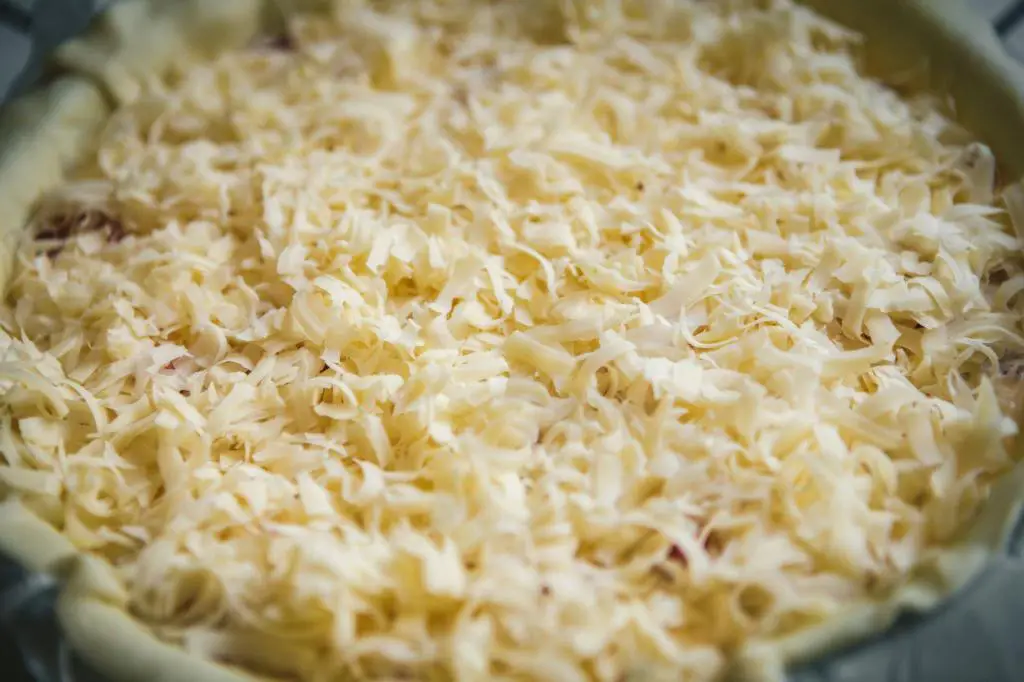
Have you ever opened your refrigerator, reached for that bag of shredded cheese, and been met with an unexpected sight—mold? It’s a common occurrence, and it often leads to a simple question: Can you eat shredded cheese with mold?
In this article, we’ll explore the fascinating world of cheese and mold. We’ll explore the intricacies of safety, flavor, and the possibilities that emerge from this unexpected situation.
So, whether you’re a foodie daring enough to embrace the unknown or someone just looking for answers, join us in deciphering the age-old dilemma: should you eat shredded cheese with mold? To eat or not to eat—let’s uncover the cheesy truth together.
What Does Moldy Shredded Cheese Look Like?
Mold on shredded cheese can manifest in various ways, depending on the type of mold present and the cheese’s specific composition. Commonly, you might notice fuzzy green, white, blue, or black spots or patches on the surface of the shredded cheese.
Sometimes, the mold can appear as dark specks spread across the cheese. Additionally, an unpleasant musty odor might emanate from the affected cheese, indicating the presence of mold. Differentiating between natural variations in cheese and the potentially dangerous effects of mold growth is important.
Can You Eat Shredded Cheese If It Has Mold on It?
No, it is not safe to eat shredded cheese if it has mold on it. All shredded, crumbled, and sliced cheeses should be thrown out if they are moldy because the mold on these kinds of cheese goes far deeper than the eyes can see.
Additionally, the mold on pre-shredded cheese often grows along with other bacteria like salmonella, listeria, and E. coli, so it’s best to toss moldy pre-shredded cheese out.
While certain molds on cheese are safe to consume, others can produce mycotoxins, which are harmful substances that can lead to foodborne illnesses. Particularly, individuals with weakened immune systems, pregnant women, young children, and the elderly are more susceptible to the adverse effects of consuming mold-contaminated food. To ensure food safety, it’s best to discard shredded cheese exhibiting signs of mold.
Can You Eat Moldy Shredded Cheese If You Cook It?
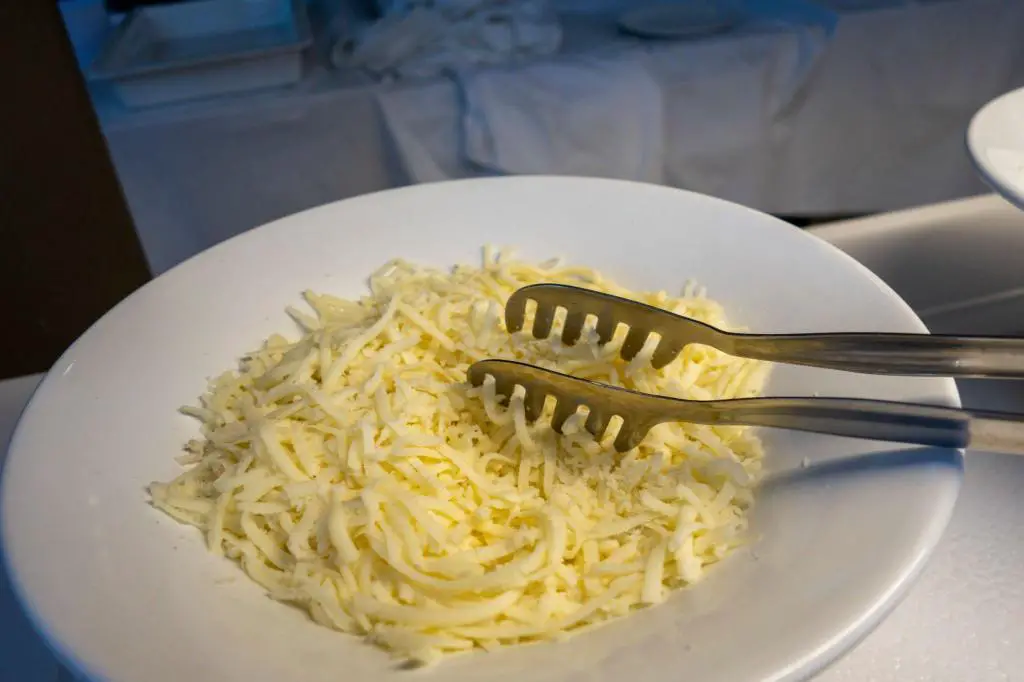
Cooking moldy shredded cheese might seem like a plausible solution to salvage the cheese, but it’s not entirely advisable. Although heat can potentially kill some types of mold and deactivate mycotoxins, it’s challenging to ensure complete elimination of all harmful substances.
Furthermore, while the cooking process might eliminate visible mold, it cannot reverse the chemical changes that might have occurred within the cheese due to the mold presence. Therefore, even if you consider melting the cheese, it’s safer to refrain from consuming it if mold is present.
How Can Mold Get into Shredded Cheese?
Understanding the sources of mold contamination in shredded cheese can help prevent its occurrence in the first place. Mold can infiltrate shredded cheese through various means:
- Airborne Contamination: During the production and packaging processes, airborne mold spores can settle on the cheese, initiating mold growth.
- Cross-Contamination: Improper handling or storage of shredded cheese, particularly when it comes into contact with other moldy food items, can facilitate the transfer of mold spores.
- Inadequate Storage Conditions: Exposing shredded cheese to excessive humidity or storing it in warm environments can create an ideal breeding ground for mold.
- Poor Packaging: Ineffective packaging that doesn’t prevent moisture buildup can accelerate the growth of mold on shredded cheese.
By maintaining hygienic practices during cheese handling and storage, you can significantly reduce the likelihood of mold contamination and preserve the freshness of your shredded cheese.
Shredded Cheese’s Shelf Life
The shelf life of shredded cheese largely depends on various factors, including the type of cheese, packaging, and storage conditions. Generally, unopened bags of shredded cheese can maintain their quality for about 1-2 weeks beyond the “sell-by” or “best-by” date when stored in the refrigerator at a consistent temperature of around 40°F (4°C).
Once opened, shredded cheese remains optimal for about 5-7 days if properly sealed or resealed in an airtight container or resealable bag. However, these time frames can vary based on the specific cheese type and its moisture content.
To ensure the longevity of your shredded cheese, it’s essential to abide by the storage recommendations provided on the packaging and maintain a well-regulated refrigerator environment.
How to Prevent Shredded Cheese From Molding
Preventing mold growth on shredded cheese necessitates a combination of vigilant storage practices and proper handling. Here are some effective tips to keep your shredded cheese fresh and mold-free:
- Optimal Refrigeration: Store your shredded cheese promptly in the refrigerator at or below 40°F (4°C) to impede the growth of mold and bacteria.
- Airtight Containers: Transfer the remaining shredded cheese into an airtight container or a resealable bag to minimize exposure to air, which can accelerate spoilage.
- Avoiding Moisture: Ensure that the storage environment remains dry, as excess moisture can contribute to the development of mold. Consider using moisture-absorbing packets to maintain an ideal moisture balance.
- Regular Checks: Routinely inspect the shredded cheese for any signs of mold growth or unusual odor. Discard any contaminated portions immediately to prevent further spread.
By adhering to these preventative measures, you can extend the shelf life of your shredded cheese and preserve its freshness for an extended period.
Does Shredded Cheese Go Bad If Not Refrigerated?
Unlike some perishable dairy products, shredded cheese can withstand short periods outside the refrigerator without immediately spoiling. However, leaving shredded cheese at room temperature for an extended period of time can accelerate bacterial growth and hasten its spoilage.
The ideal conditions for shredded cheese preservation involve consistent refrigeration at the recommended temperature range. Exposing shredded cheese to fluctuating temperatures can compromise its quality and contribute to mold development.
How Do I Know If Shredded Cheese Has Gone Bad?
Identifying the telltale signs of spoiled shredded cheese is vital to preventing any adverse health effects associated with its consumption. Some common indicators of spoiled shredded cheese include:
| Signs of Spoiled Shredded Cheese | Descriptions |
| Mold Growth | Visible presence of fuzzy, discolored patches or spots |
| Unpleasant Odor | Strong, pungent, or sour aroma emanating from the cheese |
| Changes in Texture | Excessive moisture, clumping, or sliminess in the cheese |
| Unusual Appearance | Discoloration, unnatural sheen, or hardened sections in the cheese |
If you notice any of these signs, it’s crucial to discard the shredded cheese immediately, as consuming spoiled cheese can lead to foodborne illnesses.
Read: Can You Eat Moldy Mozzarella Cheese? Is It Still Safe?
Making the Most of Moldy Shredded Cheese
If you’ve determined that the mold on your shredded cheese is safe and you’re feeling adventurous, you can use it creatively in your culinary endeavors. Here are some ideas to make the most of your moldy cheese:
1. Cheese and Mold Pairings:
Use your moldy cheese to explore new flavor profiles. Blue cheese, in particular, is known for its distinctive taste. Pair it with fresh fruits like pears, grapes, or apples, and add a drizzle of honey for a delightful cheese platter.
2. Melted Goodness:
Melted cheese can be a game-changer. Use your moldy shredded cheese to top dishes like baked potatoes, casseroles, or even homemade pizzas. The heat will kill any surface mold, and you’ll be left with a flavorful and safe cheesy delight.
3. Cheese Sauces:
Transform your moldy cheese into a luscious cheese sauce for pasta or vegetables. The sauce’s creamy texture and rich flavor will make you forget there was ever mold on your cheese.
Conclusion
In conclusion, making an informed decision about whether to eat shredded cheese with mold requires careful consideration of several factors. First and foremost, it is crucial to assess the type of mold present. While some molds are harmless and can be simply scraped off, others may be toxic and pose health risks if consumed.
People with compromised immune systems, such as pregnant women or those undergoing medical treatment, should exercise caution when consuming any food containing mold. In such cases, it would be advisable to err on the side of caution and discard any cheesy product showing even slightest signs of mold growth.
Ultimately, while some experts argue that certain types of cheeses can have their flavors enhanced by certain molds (such as blue cheeses), it is vital not to take unnecessary risks with our health. Making an informed decision about eating shredded cheese with mold entails evaluating various factors, including visual inspection for toxic molds and individual sensitivities. By doing so, we can confidently decide whether a slice of cheese should find its way onto our plate or into the trash bin.
FAQs on Eating Cheese With Mold Spores
Is it safe to eat moldy shredded cheese if you remove the moldy parts?
Even if you remove the moldy parts, the invisible mycotoxins can persist, making the cheese unsafe to consume. It’s better to discard the entire portion of the cheese if mold is present.
What happens if you accidentally eat shredded cheese with mold?
Consuming moldy shredded cheese can lead to food poisoning symptoms such as nausea, vomiting, stomach cramps, and diarrhea, depending on the type of mold and individual susceptibility.
Can cooking moldy shredded cheese make it safe to eat?
Cooking moldy shredded cheese might kill some molds, but it cannot eliminate mycotoxins entirely. It’s safer to discard moldy cheese rather than trying to salvage it through cooking.
How does mold affect shredded cheese’s taste and texture?
Mold can alter the taste and texture of shredded cheese, imparting an off-putting flavor and causing the cheese to become slimy or grainy, ultimately rendering it inedible.
Can you store shredded cheese in the freezer to prevent mold growth?
Freezing shredded cheese can extend its shelf life, but it may alter its texture upon thawing. However, freezing can only pause mold growth, not entirely prevent it, so proper refrigeration practices remain crucial.
How can you ensure that shredded cheese stays mold-free for longer periods?
Properly sealing shredded cheese in airtight containers, maintaining optimal refrigeration temperatures, and regularly inspecting for signs of mold growth are effective methods to prolong its freshness.

